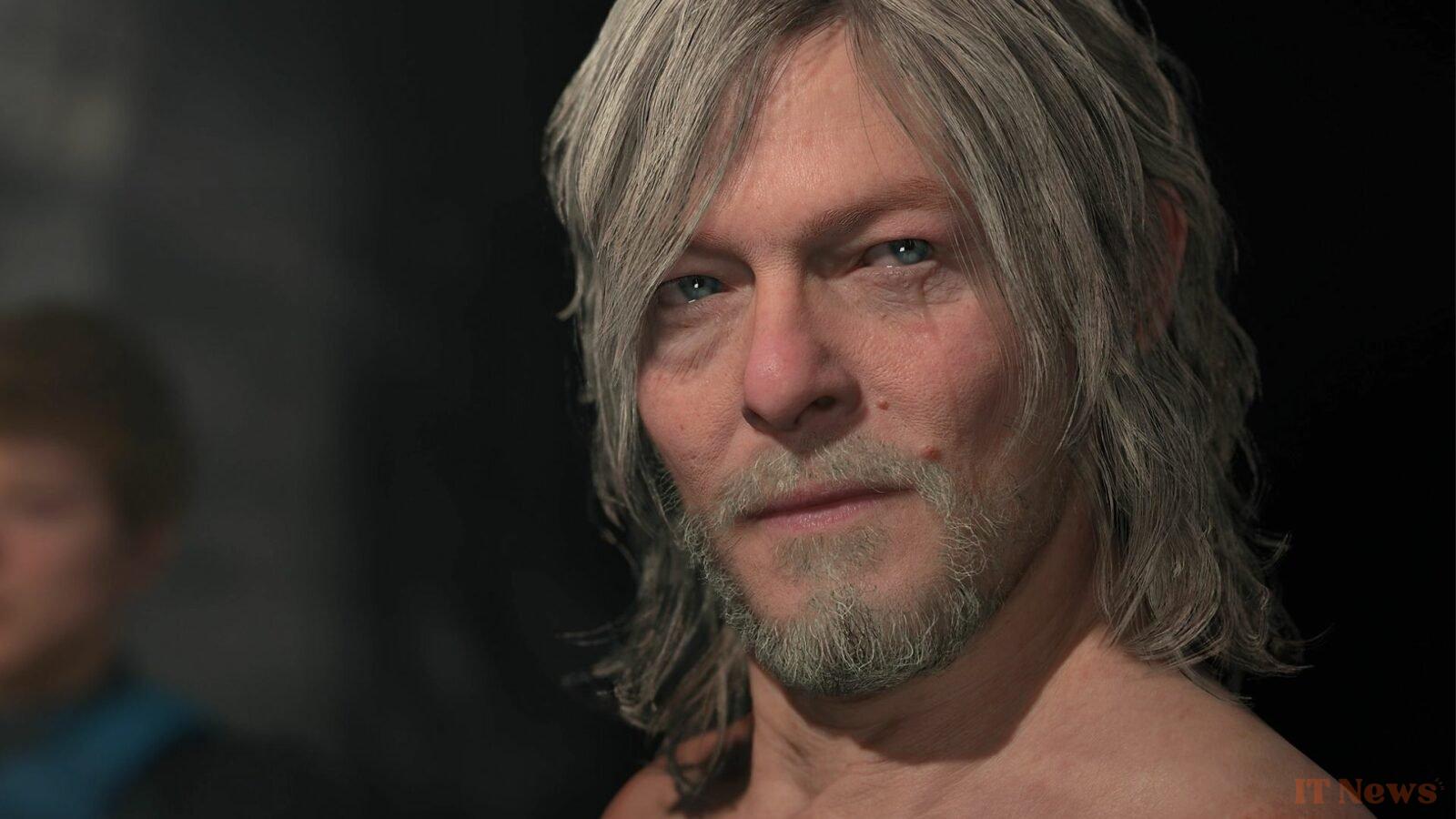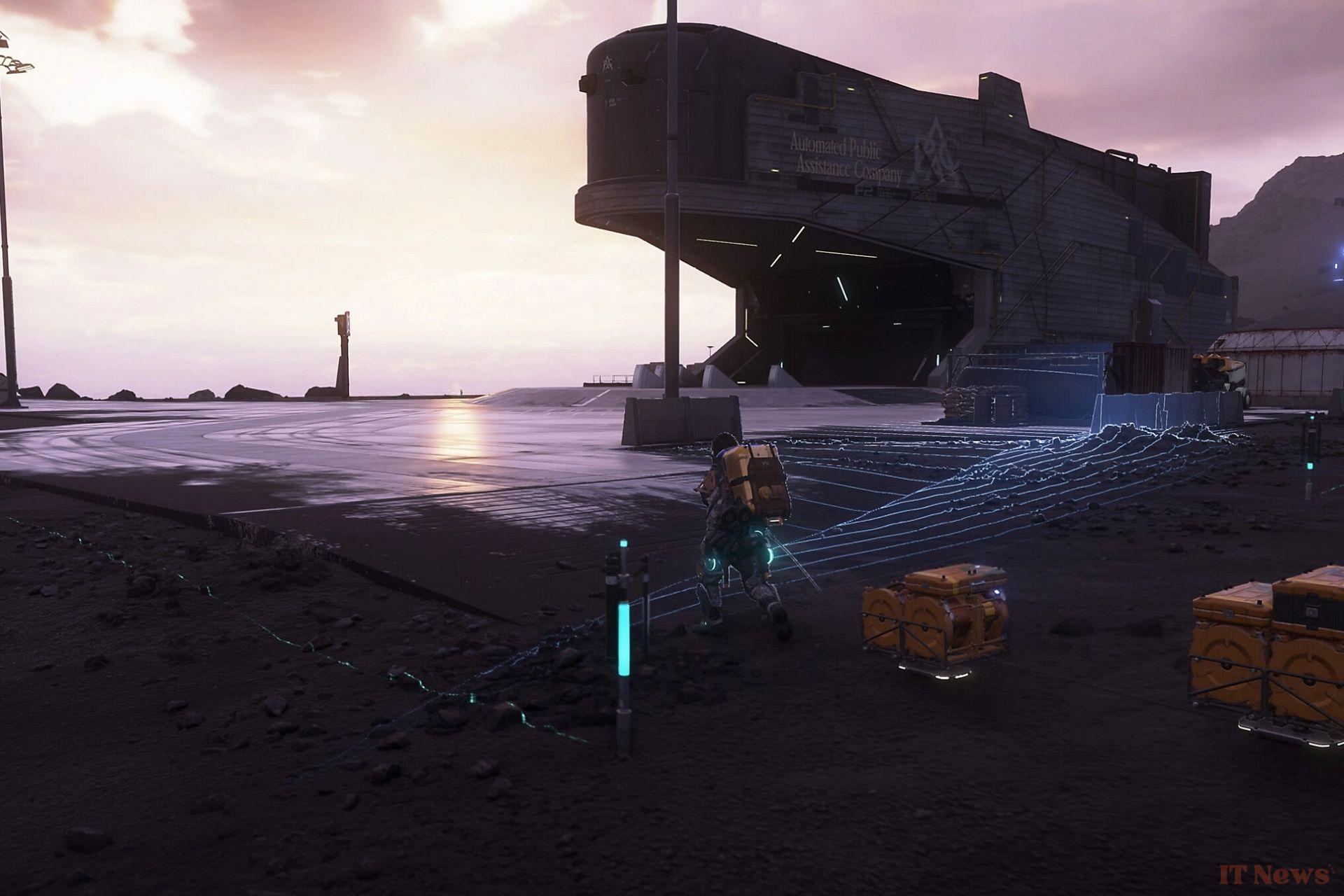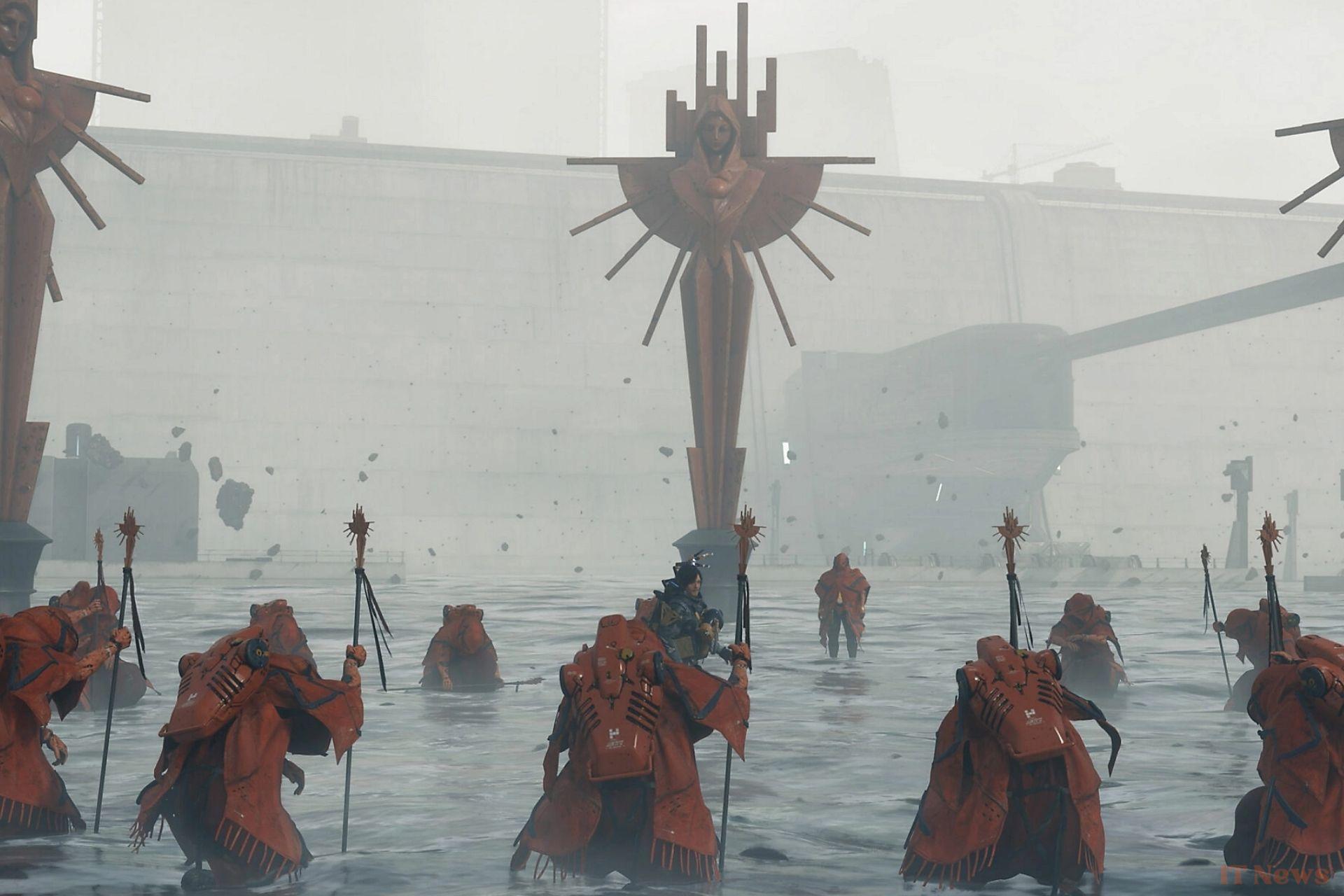It's D-Day for those who can access Early Access for Death Stranding 2: On the Beach. Kojima Productions' title is playable starting June 24th for those with the correct edition, and will be playable on June 26th for all other players. The game's release is a major event in 2025, as it is the sequel to Hideo Kojima's award-winning debut.
Sam Porter Bridges sets off on new adventures, even though the initial reception from players was mixed. Indeed, many were not convinced by Death Stranding when it was released in 2019, calling it a walking simulator or even a UPS delivery simulator. So it's a safe bet that many of them didn't finish the first game.
Despite everything, the marketing for Death Stranding 2 has convinced many reluctant players to pick up their controllers again. The promise of its ultra-realistic settings, its technical performance, and an even more engaging story are particularly enticing. The question that remains is: do you have to have finished or even played Death Stranding to understand Death Stranding 2?
Off the top of your head, you'd be tempted to say that even players who have finished Death Stranding still haven't understood the story. This is obviously an exaggeration, although the game's narrative is indeed very cryptic. You have to really dive into it to understand its implications. What makes Death Stranding so powerful is its immersion, despite the fact that the story isn't easy to grasp.
What to remember about Death Stranding
There are, however, some basics to remember. Death Stranding is the story of a post-apocalyptic world in which the dead no longer leave permanently. Bodies can return in the form of dangerous creatures called Stranded, which has plunged civilization into isolation. The player takes on the role of Sam, a solitary delivery man tasked with reconnecting cities and people to each other through a vast network. He has a special ability called DOOMS that allows him to sense the stranded and fight them.
He also carries a BB (Bridges Baby) that helps him spot the spirits of the dead. As the game progresses, Sam discovers that the end of the world is linked to a woman named Amelie, a sort of entity destined to cause the extinction of humanity. But thanks to the bonds he creates with others, he manages to convince her to give up, or at least postpone this end.
Death Stranding 2 is a direct sequel to these events. The title therefore takes up exactly the same themes, some of the same characters, and the open ending allows the developers to start from the same narrative base for Sam's character. Technically, you don't need to play the first game to enjoy the second. Especially since it takes place in a different territory. Sam moves from the United States to Australia. There are, however, a few details in the ending that change certain aspects of the story.
Some narrative changes to expect
One of the most important moments is Sam's decision, who until then had been emotionally detached and reluctant to make bonds, finally chooses to save Lou, his baby. After being forced to deactivate him as a tool, he goes against this order to free him and take him with him, as an adopted child. This gesture marks a turning point in the character since it makes him evolve emotionally, but he also finds himself with the responsibility of the child in the second part of his adventures.
If you haven't finished the first game, we can only advise you to do so, even though its gameplay may put off more than one person. We understand and therefore reassure you that it is absolutely not necessary to do so to understand the vast majority of events in Death Stranding 2: On the Beach.





0 Comments